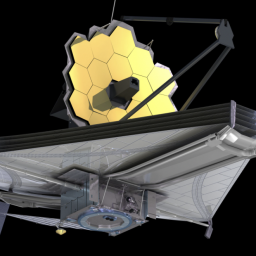Star-formation quenching in galaxies at cosmic noon: a new perspective from JWST
Letizia Bugiani (UNIBO)
Tuesday 12/12/2023 @ 14:00, Sala Antonio Sollima (IV piano Battiferro)
The study of massive, quiescent galaxies at high redshift is crucial for understanding many physical processes driving galaxy evolution. The presence of a large population of such galaxies already in place at z ~2 poses the questions of how they formed and what mechanisms hide behind the quenching of their star formation. We analyze ionized gas emission lines in deep rest-frame optical spectra of 22 quiescent galaxies at 1.7<z<3.5 observed by JWST NIRSpec in the COSMOS field, in order to derive information about the underlying sources of ionization and thus constrain the quenching mechanism. Emission lines are detected with SNR > 3 in 82% of the spectra, indicating the presence of continued ionizing sources in this passive population, while, based on the H-alpha flux, the majority of the sample is indeed found to be quiescent. Galaxies with multiple detected emission lines make up more than half (54%) of the sample. There is no detected X-ray or radio activity for these galaxies: however, 8 galaxies are classified as AGN hosts by their emission line ratios. Additionally, 4 of the 8 AGN show broad and asymmetric line profiles, indicating the presence of powerful ionized gas outflows with typical velocities of ~1000 km/s, which can only be due to AGN feedback. The general picture emerging from this study is that massive quiescent galaxies at Cosmic Noon harbour a significant fraction of never-before-detected AGNs. The detection of ionized gas outflows in a subset of galaxies in the sample is an even more direct evidence of AGN feedback in action. Our results are consistent with a direct link between quenching of star-formation in massive quiescent galaxies and AGN feedback in the form of gas ejection at high velocities.

